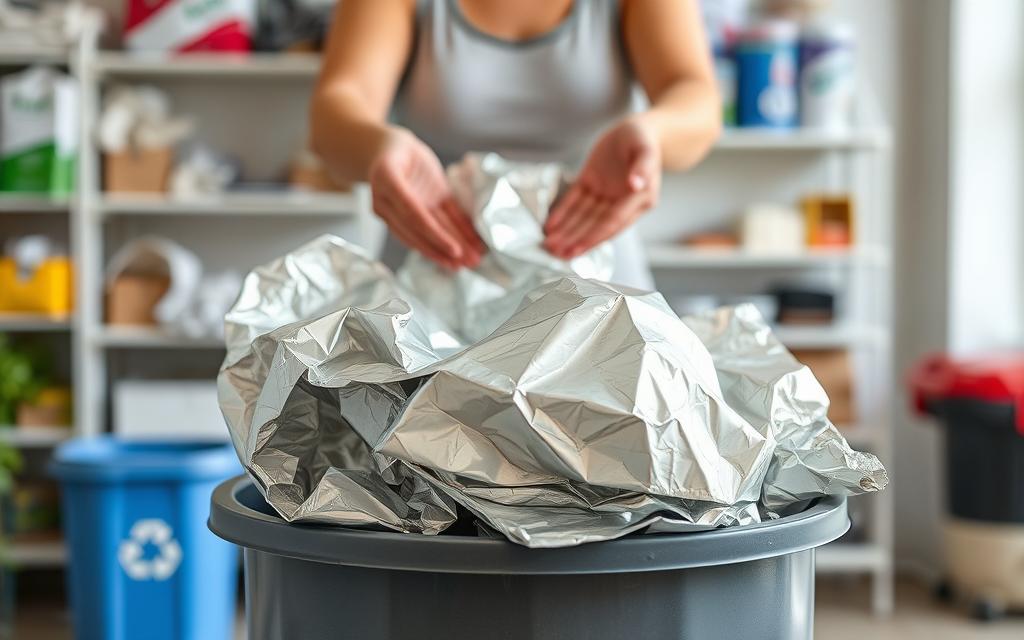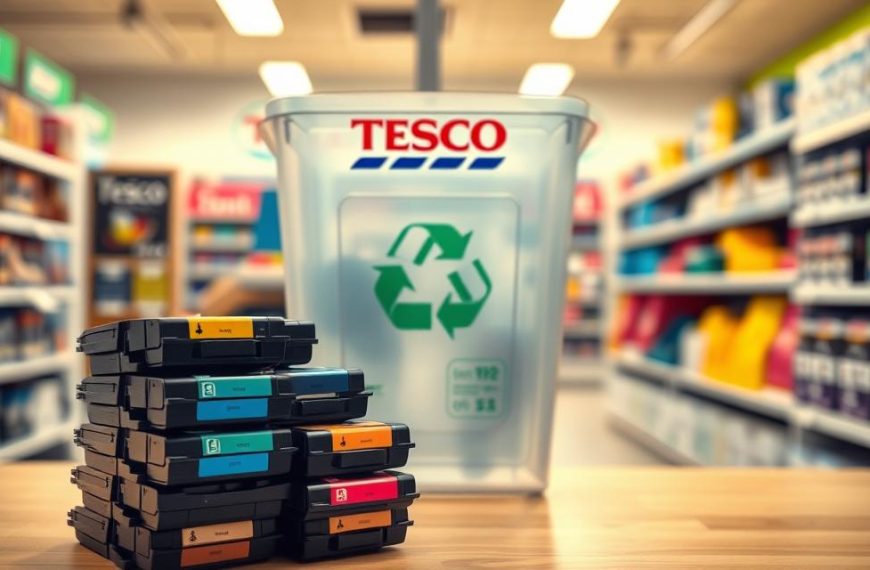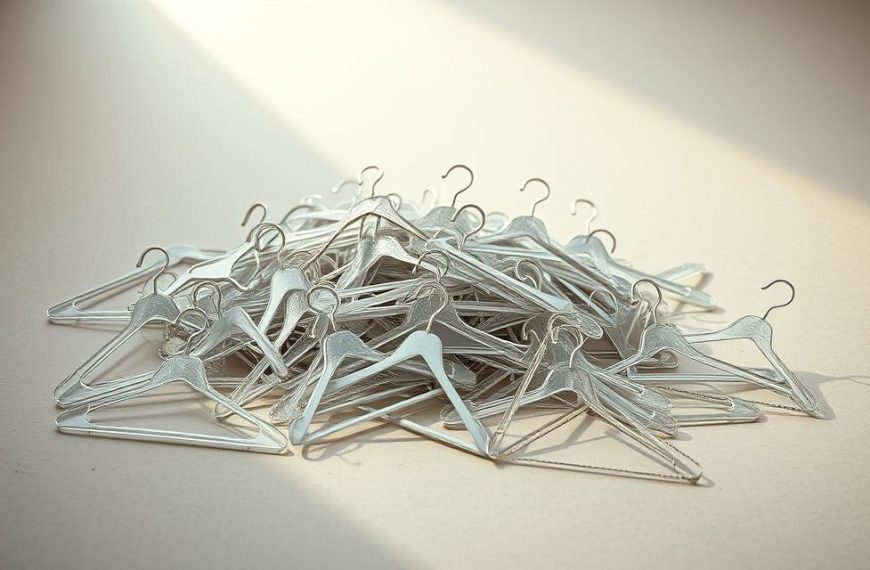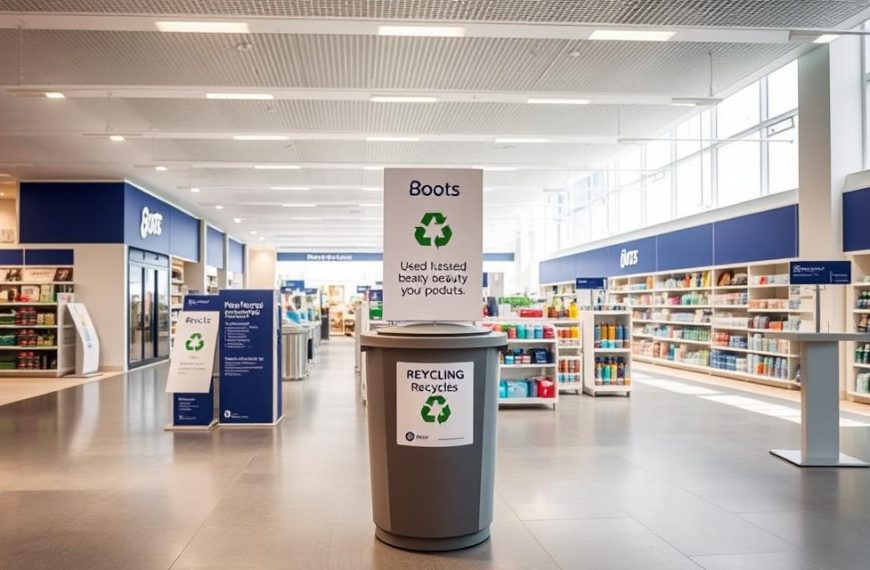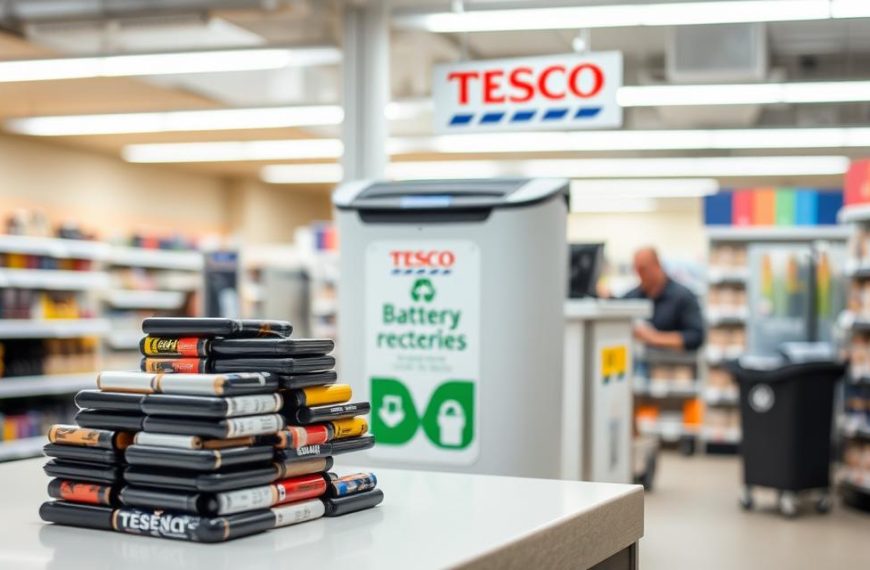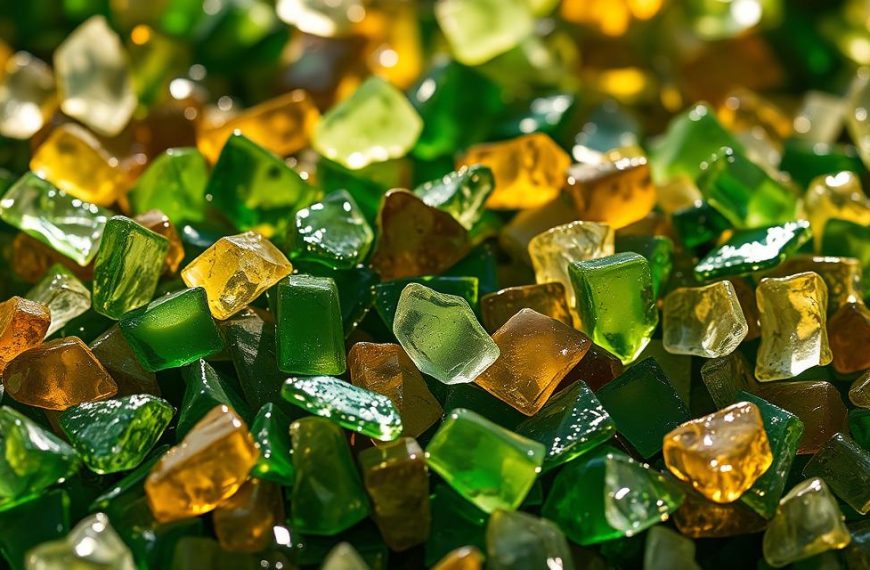Aluminum foil is a common household item, but many people are unsure about its recyclability. Despite sharing the same material as soda cans, it often ends up in landfills due to contamination or confusion. This represents a significant waste of energy and resources.
In 2018, 2.7 million tons of aluminum were landfilled in the U.S. alone. Recycling this material could save energy equivalent to powering 378 billion hours of a 100-watt bulb. This highlights the urgency of proper recycling practices.
While aluminum foil is recyclable, challenges like food residue and mixed-material disposal often hinder the process. This article will provide actionable steps to ensure your foil contributes to sustainability rather than waste.
Can Alfoil Be Recycled? Understanding the Basics
Many households use aluminum foil daily, yet its recyclability remains a mystery. Unlike aluminum cans, which are widely accepted in curbside recycling programs, foil often faces hurdles due to contamination or mixed materials. Understanding the basics of aluminum foil recycling is essential for reducing waste and conserving resources.
What Makes Aluminum Foil Recyclable?
Aluminum is infinitely recyclable, meaning it can be reprocessed repeatedly without losing quality. The recycling process for aluminum foil takes just 60 days, making it one of the most efficient materials to recycle. According to Stanford University, recycling one ton of aluminum saves 14,000 kWh of energy, compared to producing virgin aluminum.
Aluminum foil shares the same recyclability as aluminum cans, but its thinness and potential for contamination often complicate the process. Properly cleaned and prepared foil can be recycled, contributing to energy savings and resource conservation.
Challenges in Recycling Aluminum Foil
One of the biggest barriers to recycling aluminum foil is contamination. Food residue, such as meat fats or sauces, can render foil unrecyclable. Additionally, composite materials like yogurt lids or candy wrappers are not recyclable with current technology.
Regional disparities also play a role. While 60% of U.S. aluminum is recycled, rates vary from 35% to 90% by state. This inconsistency highlights the need for improved recycling infrastructure and education.
| Material | Recyclability | Energy Savings |
|---|---|---|
| Aluminum Foil | Yes, if clean | 14,000 kWh per ton |
| Aluminum Cans | Yes | 14,000 kWh per ton |
| Composite Materials | No | N/A |
For more detailed guidance on preparing aluminum foil for recycling, visit Everyday Recycler. This resource provides actionable steps to ensure your foil contributes to sustainability rather than waste.
How to Prepare Aluminum Foil for Recycling
Properly preparing aluminum foil for recycling ensures it doesn’t end up in landfills. While it’s a recyclable material, contamination and improper handling often lead to its disposal. By following a few simple steps, you can make a significant environmental impact.
Cleaning Aluminum Foil: Step-by-Step Guide
Food residue is the biggest obstacle to recycling aluminum foil. Grease, sauces, or meat fats can render it unrecyclable. To clean foil effectively:
- Wipe off excess food with a paper towel.
- Dip trays or sheets in soapy water to remove stubborn residue.
- Rinse thoroughly and let it dry before recycling.
This process ensures your foil is clean and ready for recycling.
Properly Crumpling Foil for Recycling
Crumpling foil into a fist-sized ball is essential. This step prevents it from jamming recycling machinery. The weight of the ball also optimizes sorting systems, making the process more efficient.
“A well-formed foil ball ensures smooth processing in recycling facilities.”
What to Do with Mixed Materials
Not all aluminum items are recyclable. Composite materials, like chip bags or juice boxes, often contain layers of plastic or paper. These items should be disposed of properly, as they cannot be recycled with current technology.
| Material | Recyclability | Disposal Method |
|---|---|---|
| Clean Aluminum Foil | Yes | Recycle |
| Chip Bags | No | Landfill |
| Juice Boxes | No | Landfill |
By following these guidelines, you can ensure your aluminum foil contributes to sustainability rather than waste.
Environmental Benefits of Recycling Aluminum Foil
Recycling aluminum foil offers significant environmental advantages that often go unnoticed. Beyond reducing waste, it conserves energy, preserves resources, and minimizes landfill space. Understanding these benefits can inspire more households to adopt sustainable practices.
Energy Savings and Resource Conservation
Recycling aluminum foil saves immense amounts of energy. According to the EPA, recycling one ton of aluminum saves enough energy to power a 100-watt bulb for 140,000 hours. This efficiency stems from aluminum’s closed-loop system, where recycled materials are transformed into new products within months.
Virgin aluminum production requires strip-mining bauxite ore, a process that depletes natural resources and harms ecosystems. Recycling reduces this dependency, ensuring that 75% of all U.S. aluminum remains in use. This sustainable cycle conserves raw materials and reduces environmental damage.
The Impact of Recycling on Landfill Reduction
Aluminum takes approximately 400 years to decompose in landfills. By recycling foil, households can significantly reduce landfill space. For example, recycling just one ton of aluminum saves up to 10 cubic yards of landfill area.
Industrial sectors, like automotive recycling, have successfully implemented aluminum recycling models. These efforts demonstrate how small actions, such as recycling household foil, can lead to large-scale environmental benefits.
Despite these advantages, policy gaps persist. While 10 states have deposit programs for aluminum cans, none mandate foil recycling. Addressing this disparity could further enhance recycling rates and environmental outcomes.
Conclusion: Taking Action for a Sustainable Future
Small changes in daily habits, like recycling aluminum foil, can lead to big environmental impacts. Start by cleaning foil trays thoroughly, crumpling them into a ball, and confirming local curbside guidelines. These simple steps ensure your aluminum foil contributes to sustainability.
Individual efforts scale nationally. With 331.9 million Americans recycling, the collective energy savings would be massive. Use tools like the EPA Recycling Locator to find drop-off points and follow metal recycler databases for best practices.
While the U.S. recycles 60% of its aluminum, global leaders like Germany achieve rates above 90%. This contrast inspires improvement. Every choice to recycle clean foil directly affects energy conservation and landfill reduction.
Your daily actions matter. Together, we can build a more sustainable future.
